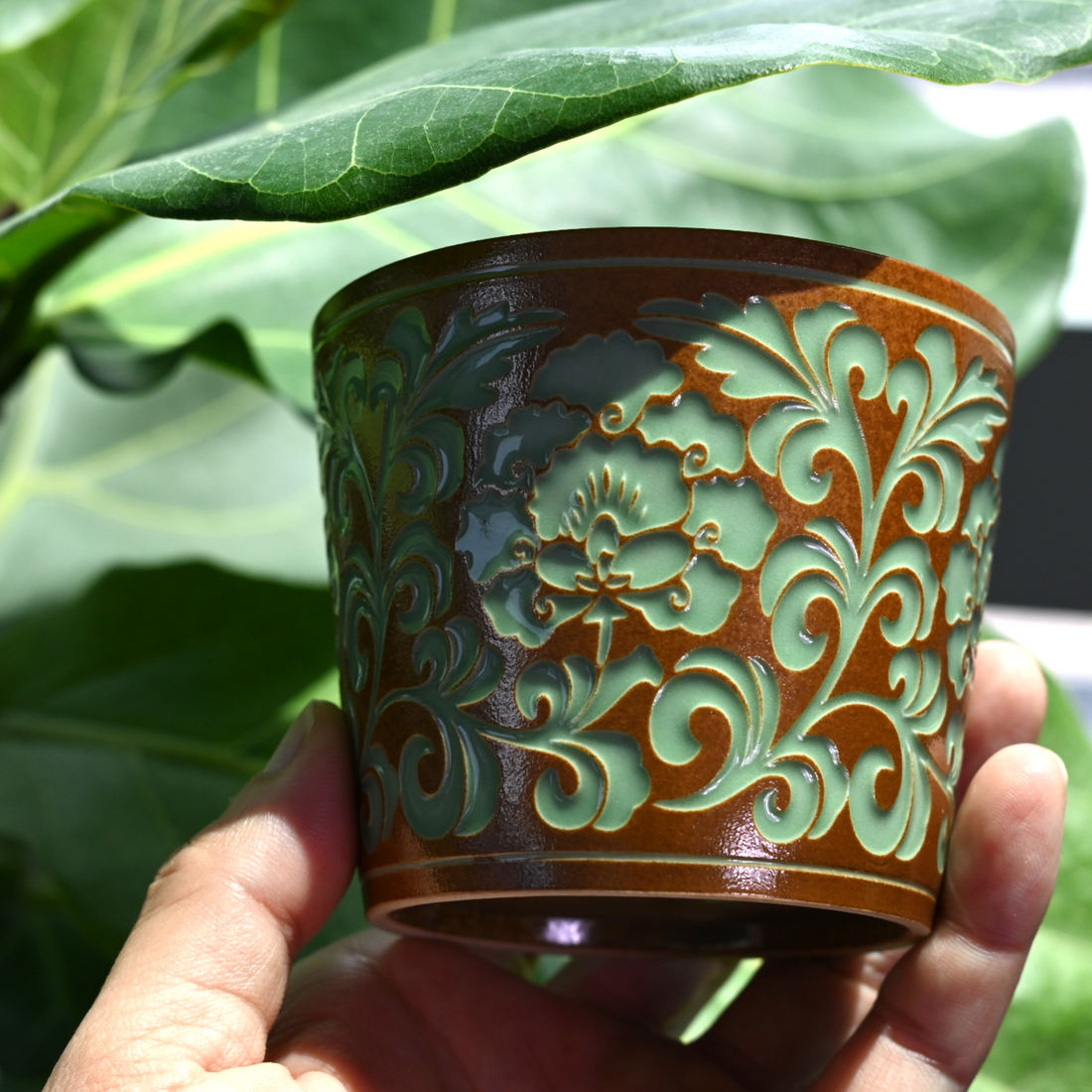
Understanding Chinese Porcelain Types at a Glance
Chinese ceramics can be categorized based on regions.
1. Jingdezhen, Jiangxi Province – "Blue and White Porcelain": Originating in the Song Dynasty and flourishing during the Yuan Dynasty (around 1280), this type of porcelain developed over time to include varieties like underglaze red, underglaze painting, and doucai. Jingdezhen became known as China’s “Porcelain Capital,” a status it holds to this day.



2. Yixing, Jiangsu Province – "Zisha (Purple Clay) Teapots": These teapots trace their origins to the Ming Dynasty (around 1506). Strictly speaking, Zisha belongs to the category of pottery, not porcelain. Typically unglazed, the material is breathable and can preserve the flavor of tea overnight. Other types of pottery like Qinzhou Nixing Pottery from Guangxi, Jianshui Pottery from Yunnan, and Chaozhou Zhuni from Guangdong also fall under the broader category of zisha pottery.



3.Ruzhou, Henan Province – "Ru Porcelain": Ru porcelain flourished during the Song Dynasty under Emperor Huizong (around 1100) and is the most representative among the five great official kilns. It uses agate in its glaze, featuring the unique color described as “like clouds parting after the rain.” Its elegant and noble glaze, though without painted decoration, has remained timeless from the Song Dynasty to today, symbolizing royal and refined tastes.



4. Dehua, Fujian Province – "White Porcelain": Originating in the Song Dynasty and peaking in the Ming Dynasty (around 1368), white porcelain doesn’t have to be entirely white. For example, the base of Jingdezhen's blue-and-white porcelain is white porcelain. Dehua’s white porcelain, known for being as pure as jade, has a fine texture, crystal-clear glaze, and a translucent appearance, earning it the title of the finest among Chinese porcelain.


5. Longquan, Zhejiang Province – "Celadon": With over 1,700 years of history, celadon reached its peak during the Song Dynasty. Known for its hard body, celadon comes in a variety of shades from light to dark, including plum green, powder green, bean green, and rice yellow.



